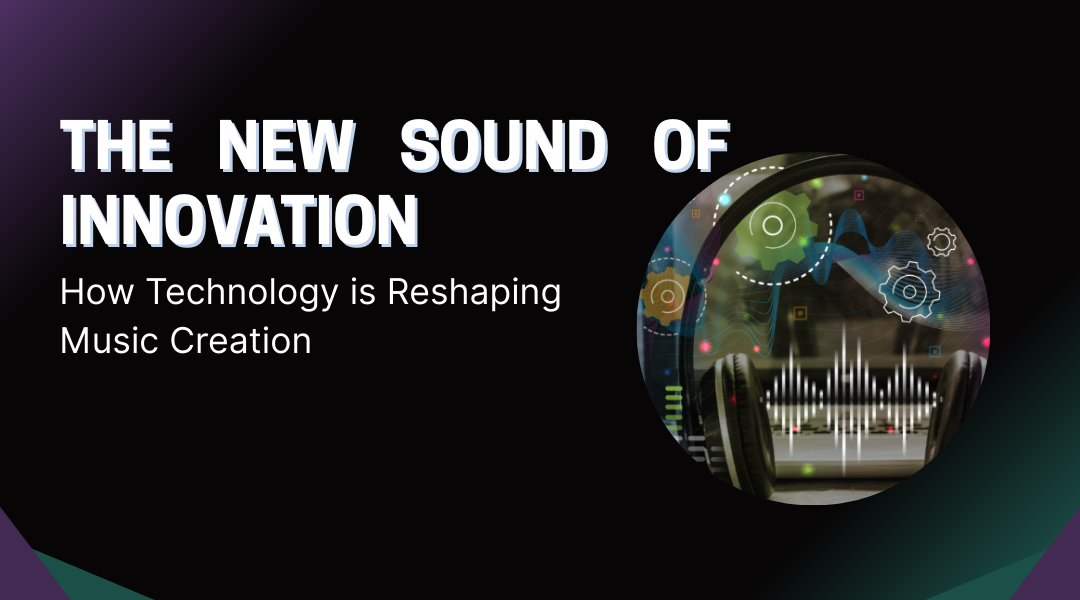Every musician knows the feeling—sitting at an instrument, waiting for inspiration to come. But what if you had a creative partner who never ran out of ideas? That’s exactly what’s happening in studios around the world as cutting-edge tools open doors to sounds we’ve never heard before.
1. When Machines Meet Melody
Today’s composers are finding unexpected inspiration through digital collaborators that can:
- Analyze thousands of songs in seconds to uncover hidden patterns
- Suggest chord progressions that defy traditional music theory
- Blend cultural influences in ways that surprise even seasoned musicians
Take film composer Rachel Wong’s experience: “While scoring a documentary about Tokyo, my digital assistant suggested combining traditional koto melodies with synthwave beats—something I’d never considered. It became the film’s signature sound.”
2. Tools Changing the Game
For Classical and Cinematic Works:
- SymphonyAI
- Generates full orchestral arrangements
- Adapts to specific historical periods or composer styles
- Recently used to reconstruct incomplete 19th century symphonies
For Contemporary Music Production:
- BeatForge
- Creates drum patterns that adapt to a track’s evolving energy
- Learned hip-hop rhythms from 50,000 classic tracks
- Now used by 3 Grammy-winning producers
- HarmonyHub
- Suggests unexpected chord changes
- Can emulate the harmonic style of any major artist
- Helped indie band The Night Lights break their creative block
For Media Scoring:
- SceneScorer
- Analyzes video footage to suggest matching moods
- Automatically adjusts tempo to picture cuts
- Used in recent Netflix nature documentaries
3. The Human Advantage
While these tools offer incredible possibilities, the magic happens when artists:
- Use suggestions as creative springboards rather than final products
- Maintain emotional authenticity in every composition
- Combine multiple AI-generated ideas into something entirely new
Jazz pianist Marcus Ellington puts it best: “The technology might give me ten interesting voicings for a chord, but only I know which one makes the audience hold their breath.”
4. What’s Coming Next
The future of music technology includes:
- Emotion-Responsive Composition
- Systems that adjust music in real-time based on listener biometrics
- Already being tested in therapeutic settings
- Cultural Fusion Engines
- Tools that authentically blend musical traditions
- Currently helping preserve endangered musical languages
- Interactive Storytelling Through Sound
- Scores that evolve based on narrative choices
- Pioneered in recent video game soundtracks
5. Making It Work For You
For musicians curious about these tools:
- Start with one focused area (like drum programming or harmony)
- Set clear boundaries—decide what you’ll never automate
- Always put the final creative decisions in human hands
As producer Sofia Martinez notes, “The best results come when technology gives me options, but my ears make the choices. That’s when we create something truly new.”
This isn’t about machines replacing musicians—it’s about giving artists new colors for their palettes. The soul of music remains human, but the possibilities just got infinitely bigger.
